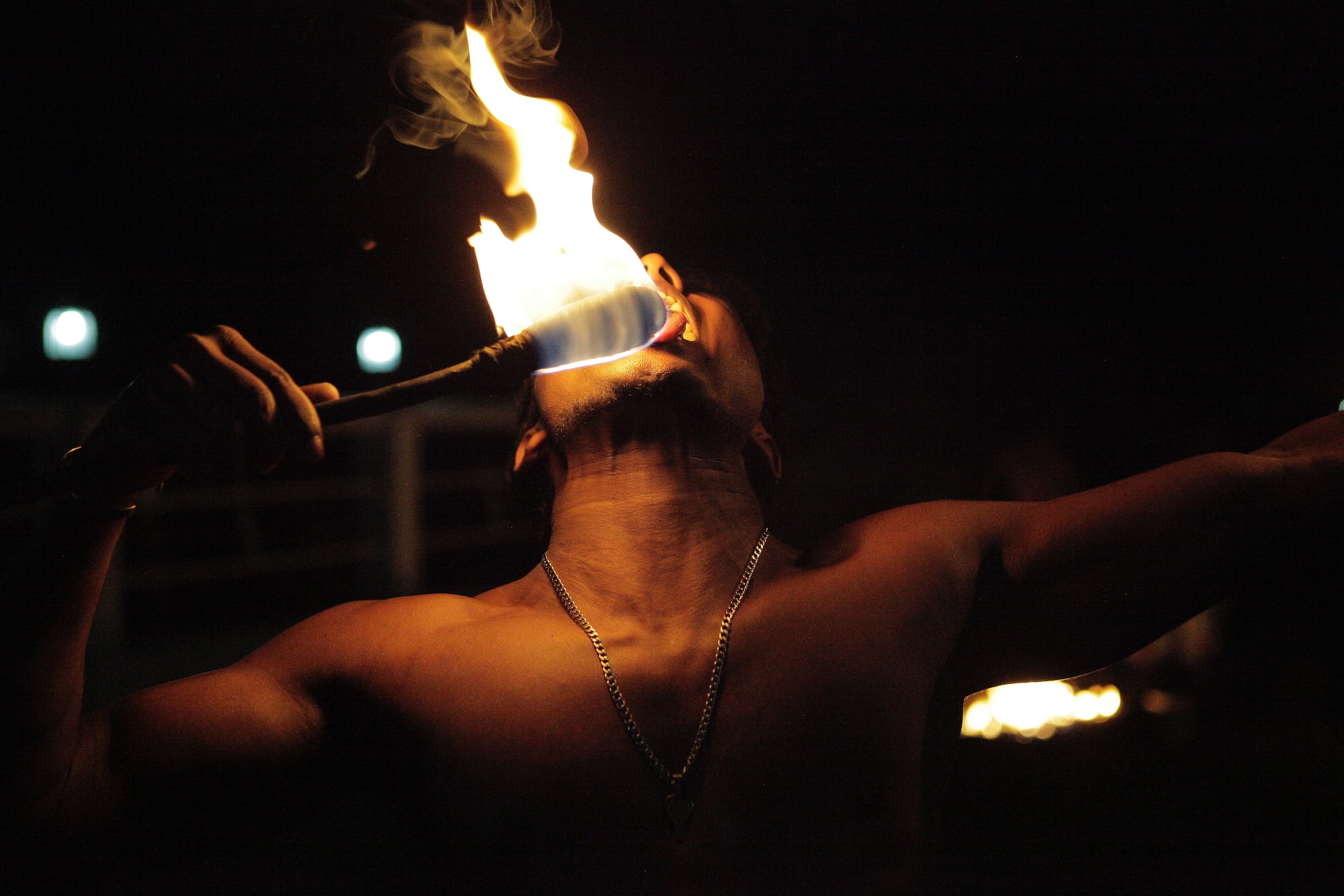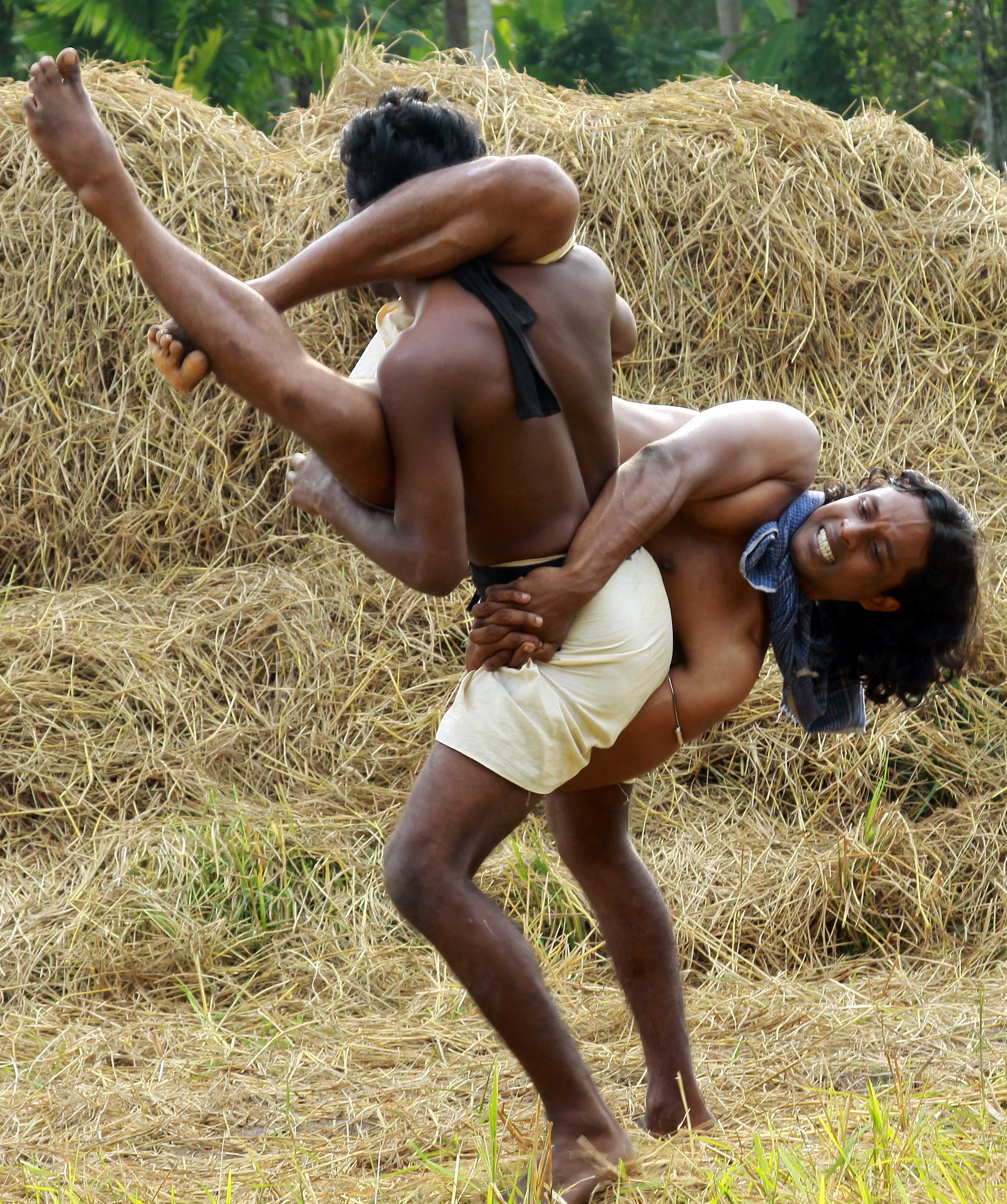Sri Lanka’s central highlands – and more specifically Kandy – enjoy a rich and storied history, one which is distinct in quite a few aspects from what is seen in the lowlands. Kandyan style dancing is among the most distinctive features associated with the culture. The concert itself will feature a wide range of performers. With the drums, costumes, and drumming style being particular to specific sections of the island, the majority of these are typically performed during regional celebrations and festivities. There are performances that show off the stately elephant stroll, the colorful peacock exhibition, and the ethereal cobra motions. Traditional Sri Lankan masks are also used in some performances; they lend charm and mystery to the theatrics.
The drum used in Kandyan dancing is known as the Geta Bera, the drum in Ruhunu (low country) dancing is called the “Yak Bera”, and drum in Sabaragamu dancing is called “Davula” (the word Bera in Sinhale means “Drum”) The Geta Bera is beaten with the hands as is also Yak Bera, while the Davula is played with a stick on one side and with one hand on the other side; the Geta Bera has a body which tapers on both sides while the Yak Bera and the Davula both have cylindrical bodies.
Magul Bera Wadanaya (Inaugural Drum Beating)
It is a traditional ritual, since the time of ancient Sinhalese Kingdoms, to seek blessings by beating drums at the commencement of any special function. It is a belief prevailing in the Sinhalese society that the letters of words of rhythm, used for the beating of drums has beneficial “Gana” and as a result the sound emanating brings about prosperity. At the commencement of the Esala Perahera, this inaugural drum beating is performed at Dalanda Maligawa and in the four devalas.
Puja Dance
This dance performance is held to seek blessings from the Triple Gem, inclusive mainly of the Sacred Tooth Relic and this dance performance is coming down from the time of ancient Sinhalese Kings. Today this puja dance is presented with the aim of conferring blessings on the foreign and local participants.
Devol Dance
This dance tradition is restricted only to the areas Matara, Galle, Tangalle, Benthara and Kalutara of Sri Lanka. This performance is presented to ensure protection and extend help to the participants of this ceremony today, through presenting this dance as a homage to the god Devol, by remembering the said god who is venerated in the low country areas.
Myura Wannama
Myura (Peacock) is a special and attractive bird in Sri Lanka as well as in India. It is the opinion of specialist on color that the mental pleasure one derives by seeing the natural color of peacock will purify ones’ blood. The vehicle of god Katharagama, who is venerated in Sri Lanka, also connected to peacock even in Katharagama Devala procession of the Esala Perahera festival, the Myura Dance or the dance of the peacock occupies a very significant place. The qualities of the peacock are presented through the reciting of poem. The shape of peacock in different angles is shown through dance.
This dance performance is presented to felicitate the God Katharagama, the objective of the same is to invoke blessings on the participants.
Pantheru Dance
Pantheru dance is performed using the musical instrument called Pantheruwa. This instrument is played on all Wednesdays, Poya days and during the reciting of poems at “Kavikara Maduwa”, relating to the procession of the Temple of the Tooth Relic. The objective of this dance performance, which consists of the dance together with the reciting of poem relating to the power and strength of the sacred Tooth Relic of Lord Buddha, is to invoke blessings of the Sacred Tooth Relic upon the participants.
Raban Dance
The objective of this dance performance too, which is presented with the playing of Raban, is to invoke the blessings of the concept of god, which is strongly established in the hill country area, headed by the Triple gem, upon the participants.
Naga Gurulu Dance
Naga (Cobra) is connected to the stories relating to the life Lord Buddha and those relating to seven weeks of Homage. In Sri Lanka as well as in Maha Bharatha (India) the concept of cobra is shown to be connected to the religion. Gurulu is a very special bird. It is said that there had been Gurulu birds in Himalaya. Also, it is learnt that Gurulu birds have caught cobra and consumed them as their food. The objective of the presentation of Naga Gurulu Dance performance has been to remind the society of the Buddhist literature.
Ves Dance – (Gajaga Wannama)
The main costume of the Kandyan dance is known as “Ves”. According to the Kandyan Dance literature, this costume has similarities to the costumes of King Rawana. Today, it is the dance item called “Gajaga Wannama”, that is presented wearing this costume. The Gajaga Wannama is created according to the walking style of the elephant, which carries the Sacred Tooth Relic Casket in the annual procession of the Sacred Tooth Relic. The objective of the presentation of this dance performance has been to offer blessings to the Sacred Tooth Relic and in turn invoke blessings upon the participants.
Ginisisila
Fire is made cool through stanzas called Manthara, coming down from ancient times. The aim of this dance has been to pay homage to the God Katharagama, and invoke blessings of the god to the devotees. With the completion of the holding of Procession of the Temple of the Tooth Relic once can observe the fire walking and dancing by holding fire at Kathargama Devala, Kandy. That also aimed at invoking blessings. The objective of today’s presentation of dance called “Ginisisila” is to offer the protection and assistance of God Kathargama to the participants and also to introduce the value of ancient heritage and culture.










